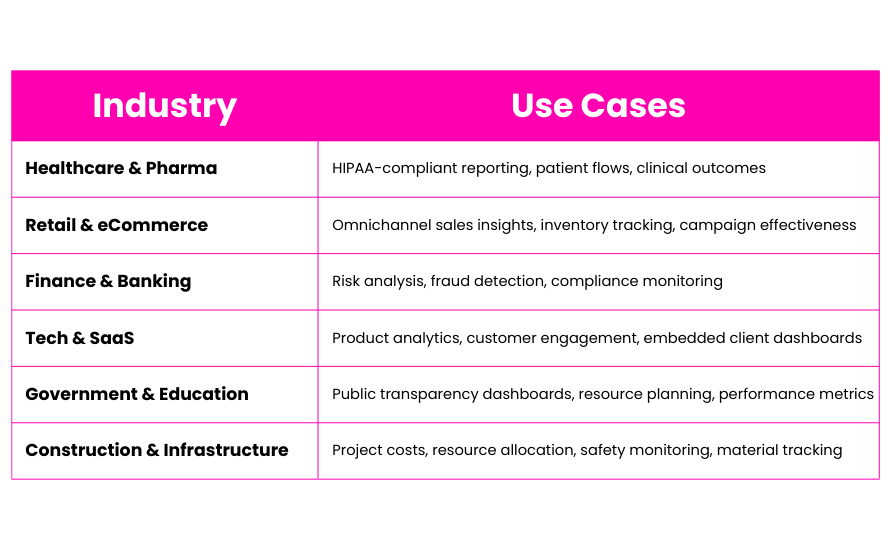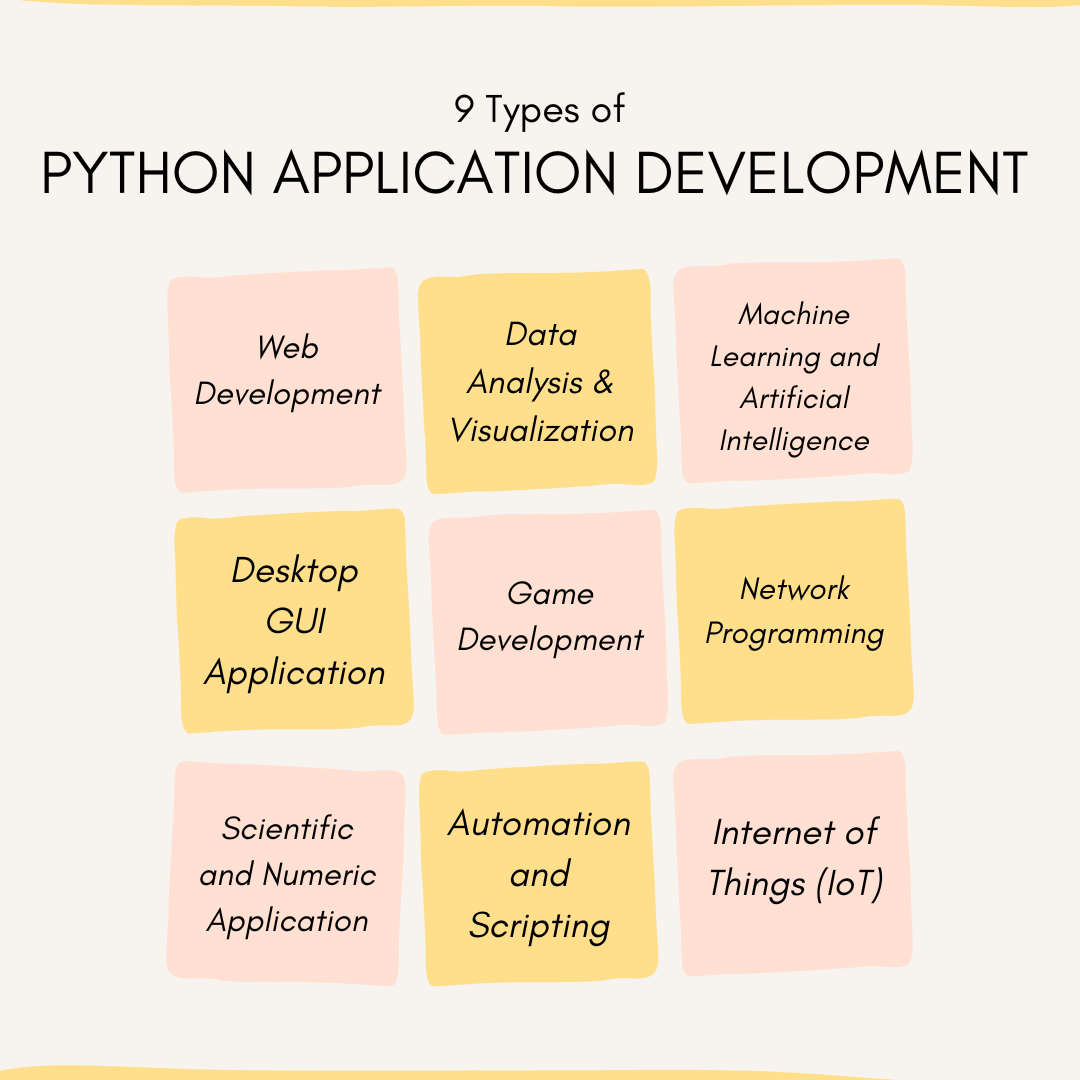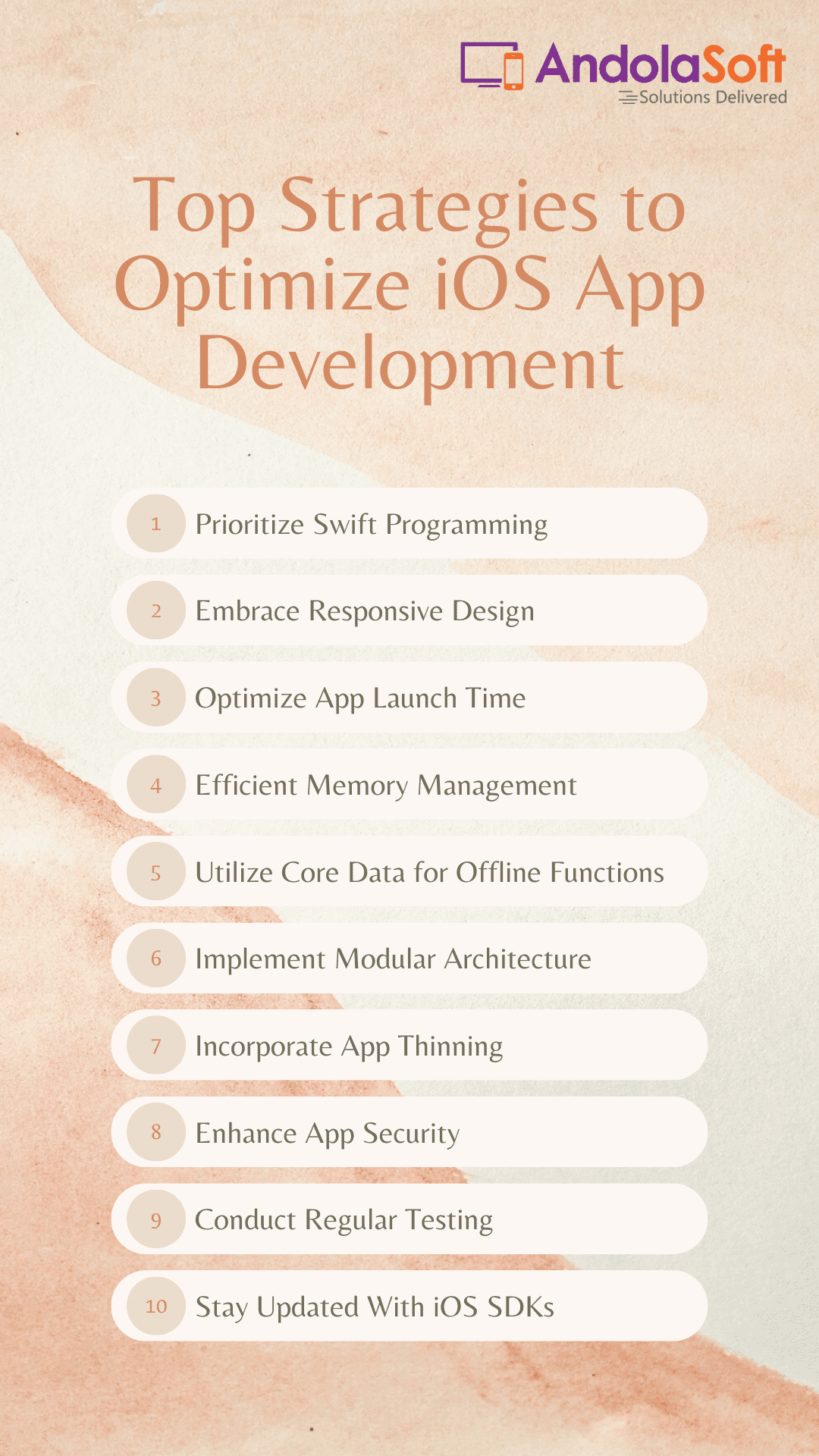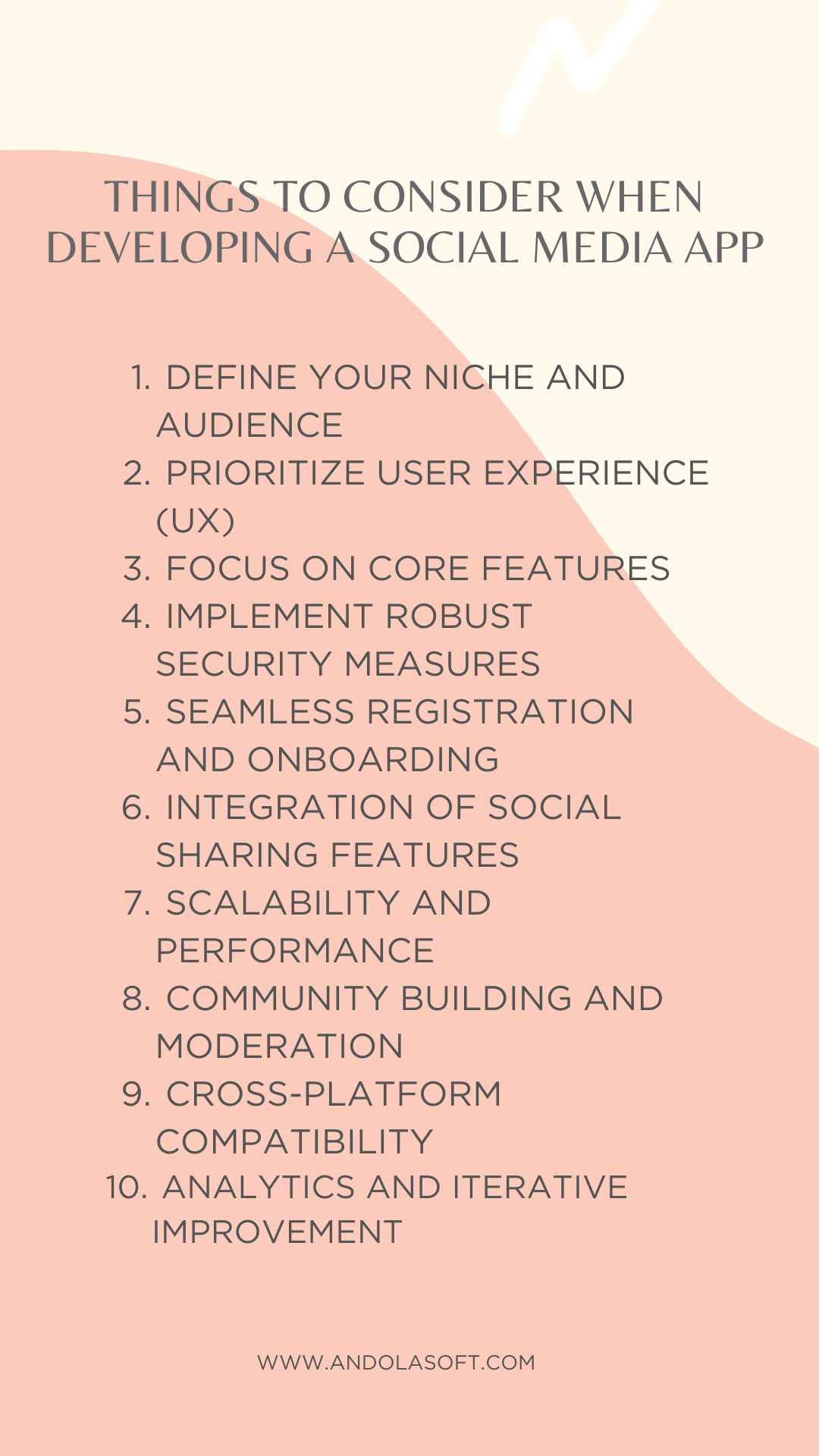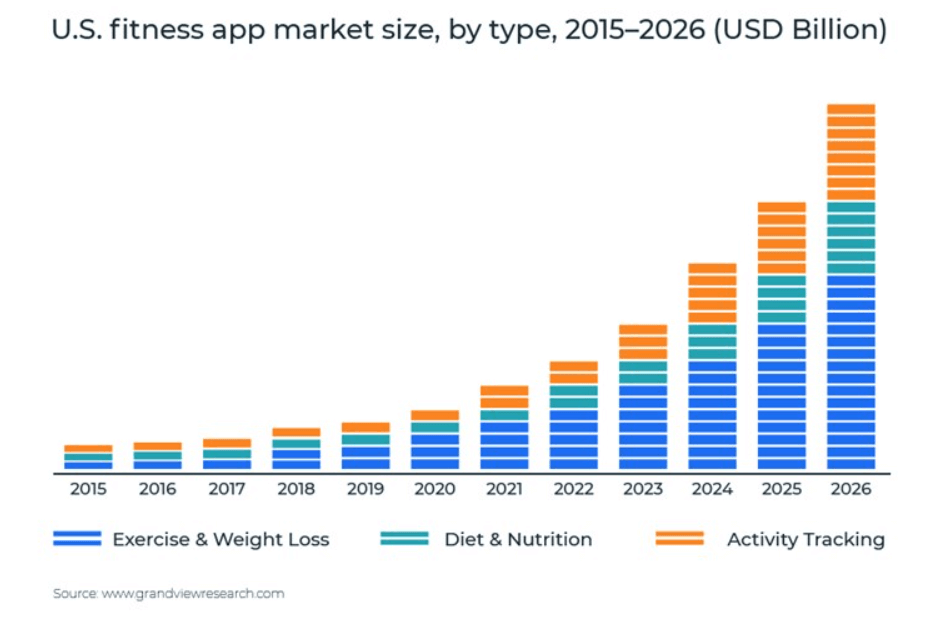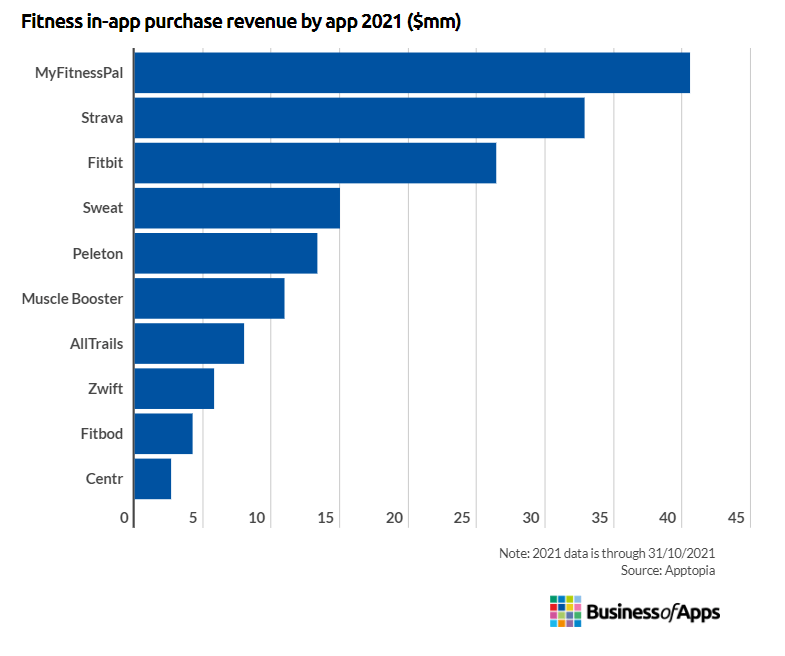In today’s fast-evolving digital landscape, data isn’t just an asset—it’s the heartbeat of every successful business. To stay competitive, organizations need powerful, flexible tools that turn raw data into actionable insights quickly and accurately.
At Andolasoft, we deliver just that with Superset BI Services—an enterprise-grade business intelligence platform built on Superset BI. Combining cutting-edge features with seamless integrations and zero licensing fees, Superset BI Services empower businesses to visualize, analyze, and act on data like never before.
Let’s explore the top 7 benefits of Superset BI Services and why it’s the future of real-time data visualization for enterprises across industries.
No Expensive Licensing Fees — Enterprise Support
Why pay a premium for BI software when you can leverage the power of Apache Superset without vendor lock-in? Superset BI Services eliminates costly licensing fees and delivers a fully supported, scalable BI platform.
- Save on upfront and recurring costs
- Enjoy full customization without restrictions
- Maintain total control over your analytics stack
This means faster ROI and freedom to innovate without being tied to expensive proprietary tools.
200+ Ready-to-Use Dashboards—Accelerate Time-to-Insight
Jumpstart your analytics with over 200 pre-built dashboards tailored for key departments and business functions: sales, marketing, finance, HR, operations, and more.
- Instantly monitor vital KPIs
- Easily customize dashboards to your needs
- Empower every team to make data-driven decisions
Whether you’re tracking monthly recurring revenue, campaign performance, or operational efficiency, our dashboards help you get insights fast.
Real-Time Reporting — Live Data, Smarter Decisions
With Superset BI Services, say goodbye to stale reports. Our dashboards auto-refresh with live data, so you always work with the most accurate, up-to-the-minute information.
- Detect trends and anomalies as they happen
- Respond faster to market changes and operational issues
- Confidently support strategic and tactical decisions
This dynamic reporting capability is a game-changer for fast-paced industries like SaaS, retail, and finance.
Connect to 60+ Data Sources — Unified, Cross-Platform Analytics
Superset BI Services integrates with an extensive array of data sources to give you a consolidated view of your business.
Key compatible platforms include:
- CRM & Sales: Salesforce, Zoho CRM, HubSpot, CRMLeaf
- Marketing: Google Ads, Facebook Ads, Mailchimp
- Finance: QuickBooks, Xero, Stripe
- HR: BambooHR, Zoho People, Workday
- Project Management: Jira, Asana, Trello, Orangescrum
- Chat & Collaboration: Slack, Microsoft Teams, Discord, Mattermost, Rocket.Chat, Chatwork
- Databases: MySQL, PostgreSQL, Oracle, SQL Server
- Files: Excel, CSV, JSON
- Custom Applications: REST APIs for flexible data ingestion
This seamless connectivity lets you merge, enrich, and analyze data across tools, enabling powerful, data-driven decision-making.
Embed Dashboards Anywhere — Insights in Your Workflow
Bring the power of Superset dashboards directly into your apps, portals, or intranet platforms with secure and customizable embedding.
- Enhance your SaaS product with embedded analytics
- Deliver role-based views to internal teams or clients
- Ensure consistent, branded reporting experiences
This approach improves adoption and puts critical insights exactly where your users need them.
Advanced Visualizations—From Basics to Cutting-Edge
Superset BI Services supports a rich visual toolkit to tell your data’s story clearly and compellingly.
- Heatmaps for density and trend analysis
- Treemaps to visualize hierarchical data
- Sankey Diagrams to map flows and conversions
- Geo Maps, Time Series, Funnels, KPI Charts, and more
These visuals help simplify complex data and enable deeper, more intuitive analysis across your teams.
Enterprise-Grade Scalability & Security — Built for Growth
Superset BI Services meet the demanding needs of modern enterprises with features including
- Role-Based Access Control (RBAC)
- SSO, OAuth2, LDAP integration
- Asynchronous query processing via Celery
- Docker & Kubernetes deployment for scalability
- Full audit logging and compliance support (HIPAA, GDPR)
This ensures your BI infrastructure is secure, scalable, and compliant with industry regulations.
Industry Applications of Superset BI Services
Superset BI Services delivers tailored solutions across diverse industries:
Why Choose Superset BI Services by Andolasoft?
At Andolasoft, we’re not just deploying BI tools—we’re transforming how you interact with data.
- Deep expertise in Apache Superset and enterprise BI
- End-to-end service from data integration to dashboard design
- Flexible engagement models for businesses of all sizes
- Commitment to delivering measurable business outcomes
Ready to Harness the Power of Real-Time BI?
Discover the difference Superset BI Services by Andolasoft can make in your data strategy:
- Explore our live dashboard gallery with 200+ interactive examples
- Schedule a free consultation with our Superset experts
- Start transforming your data into your most valuable asset
Superset BI Services by Andolasoft — Smart. Scalable. Enterprise-Ready

